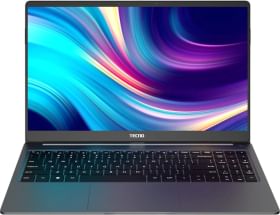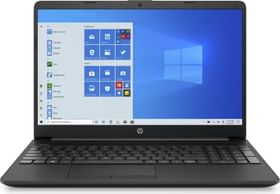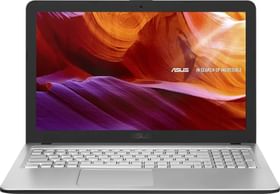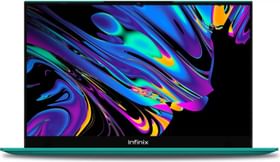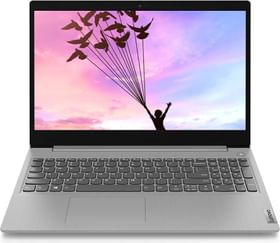A Virtual Private Network, or VPN, is a tool that helps you protect your privacy and security while browsing the internet. It allows you to connect to the internet through a secure, encrypted tunnel that hides your online activity from prying eyes. In this article, we’ll guide you through the steps on how to use a VPN on your PC or laptop.
How to Use VPN on Your PC or Laptop
Step 1: Choose a VPN Service
The first step is to choose a VPN service that suits your needs. There are several VPN providers out there, and it’s essential to pick one that is reliable and secure. Some popular VPN services include NordVPN, ExpressVPN, and Surfshark.
When choosing a VPN service, make sure to consider the following factors:
- Security and privacy features
- Connection speed
- Number of servers and locations
- Compatibility with your device
- Customer support

Step 2: Download and Install the VPN Client
Once you have chosen a VPN service, the next step is to download and install the VPN client on your PC or laptop. Most VPN providers have a client application that you can download from their website.
To download and install the VPN client, follow these steps:
- Go to the VPN provider’s website and sign up for an account.
- Once you have created an account, log in to the website and download the VPN client for your operating system.
- Run the installer and follow the on-screen instructions to install the VPN client.
Step 3: Connect to the VPN Server
After you have installed the VPN client, the next step is to connect to the VPN server. To do this, open the VPN client and log in with your account credentials. Then, select a server location and click on the “Connect” button.
Here are the steps to connect to a VPN server:
- Open the VPN client on your PC or laptop.
- Log in with your account credentials.
- Choose a server location from the list of available servers.
- Click on the “Connect” button.
- Wait for the VPN client to establish a connection with the server.
Once the connection is established, your PC or laptop will be connected to the internet through a secure, encrypted tunnel. All your online activity will be hidden from prying eyes, and your IP address will be replaced with the IP address of the VPN server.
Step 4: Use the VPN
After you have connected to the VPN server, you can start using the VPN. You can browse the internet, access websites and services that may be restricted in your location, and download files without worrying about your privacy or security.
Here are some tips on how to use the VPN:
- Make sure to keep the VPN client running in the background while you use your PC or laptop.
- If you experience slow internet speeds, try connecting to a different server location.
- Always check that the VPN is active before accessing sensitive information online.
- Avoid using public Wi-Fi without a VPN as it’s vulnerable to hackers.
- Always choose a reputable VPN service that offers reliable encryption and security.
Secure your Laptop or PC using VPN
Using a VPN on your PC or laptop is a great way to protect your online privacy and security. It’s easy to set up and use, and it can provide you with a lot of benefits, such as accessing restricted websites and services, hiding your online activity, and protecting your sensitive information from prying eyes. By following the steps outlined in this article, you’ll be able to use a VPN on your PC or laptop in no time.














